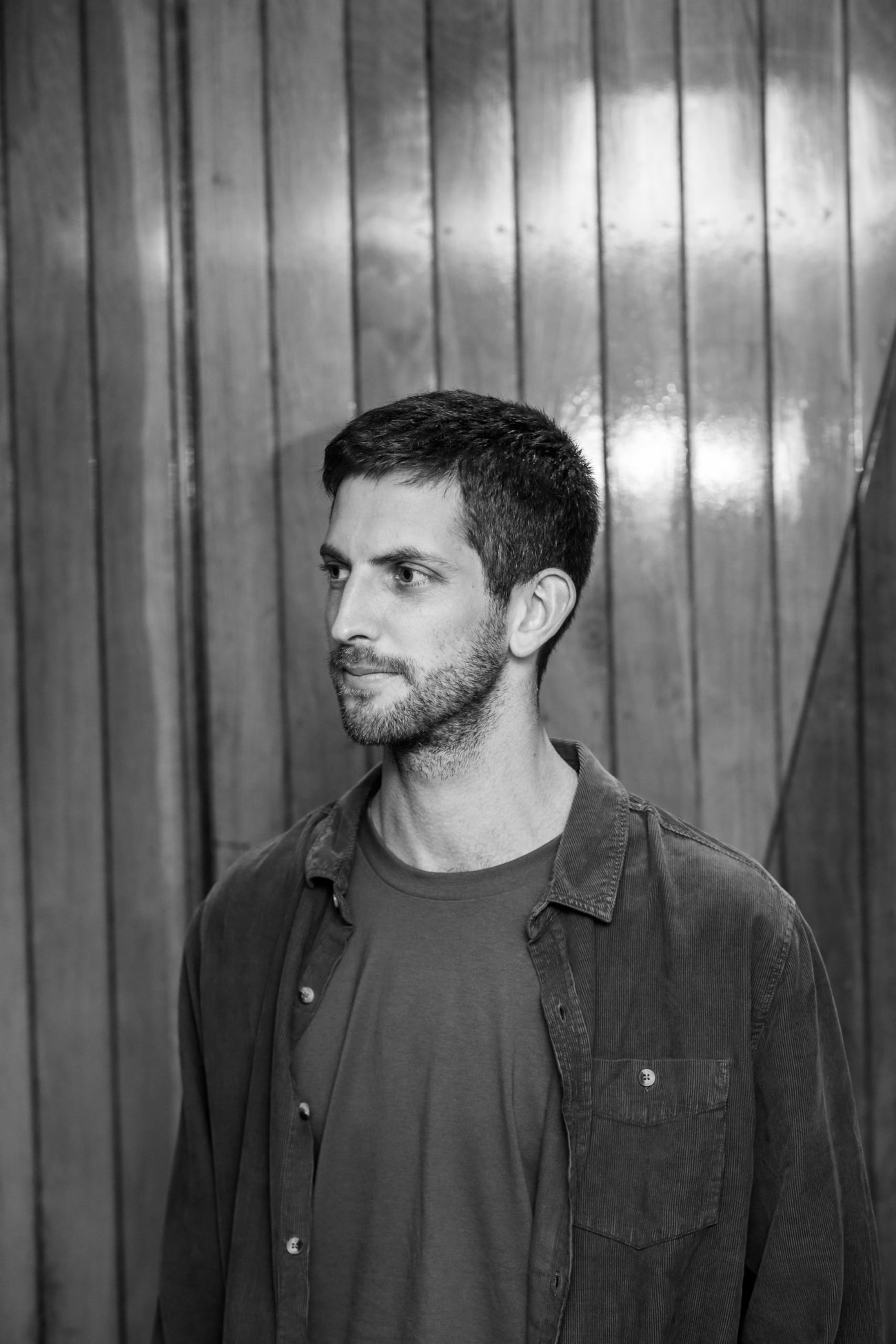Keeping time: One designer’s valiant quest to bring the (almost) forgotten art of handmade timepieces back

It all started eight years ago, when Band found himself casually looking at a watch and wondering just how all those small bits and pieces could come together to create something so perfect.
“I was into the mechanics at the beginning,” says Band, “disassembling movements (the internal mechanism) down to the escapement and incablocs, then reassembling – total nerd out. What really drew me to watches is that there is just something that catches the eye, more than any other product or industry.”
Coming from a design and manufacturing background (Band is an industrial designer for tap and showerware brand Methven) he says he was “blown away” by the watchmaking art form and had to get involved.
So Band got to work creating his own pieces, first creating stainless prototypes, then refining those designs, then creating a boutique batch.
Band was unprepared for the emotional response that holding a completed product in his hand would provoke.
“The final touch to all of them was simply putting the magnetic lid on the packaging which took seconds, and it didn’t seem fair that this whopper of a process could be completed with one tiny touch. I had to take a moment, make a cup of coffee, then just sit with [the finished product] lodge that moment.”
Becoming a human production line, Band set about perfecting his own manufacture process, and streamlining things as much as possible.
The result of that effort is Paceracer’s Sangfroid, a clean-lined, unisex timepiece, that was a finalist in the Designed Object category of the 2018 Best Awards.

“This watch, Sangfroid by Paceracer, is for people who really connect with simplicity and craft,” he says.
“It’s not a watch with a bunch of gadgets and visual distractions….They are all hand produced, at very low boutique volume, and go through over a 100 steps – that’s not including the packaging either – all being individually numbered, so it’s a time consuming process for me. The way it fits together is also very unique for a watch, so with those attributes it naturally sits in a niche spot in the market.”
But all of this brings up an interesting question: Just what is the luxury watchmaking industry in New Zealand like? Is there even such a thing? And honestly, does anyone even wear a watch these days?
“The term watchmaker is a tricky one,” says Band. “There are dedicated watch repairs and servicing all over the country. Watch movement manufacturers though, it’s just such a fine trade where know-how at that level would surely only be found in an established company we’d know of.”
And while there’s always the opportunity to buy from overseas and whitelabel for the market here, Band says that won’t be happening for the Pacemaker brand any time soon.
For Band, home is where the watchmaking heart is.
“I felt like producing a watch on home soil was possible, and I like that idea more – talking on the phone, and knowing the suppliers will do a good job.”
“We don’t have watchmaking suppliers, we don’t have assembly and surface finishing specific to it, or dial manufacturing, so all the odds were playing against it, yet people have been really drawn to it. It has an honest nature that I feel tells a true story of where it is made.”
So what’s next for Band and the Paceracer brand?
“The response has been great, so whatever the next step is, I know that putting time into detail makes a difference…Maybe a collaboration,” he muses.
“It’s more of a boutique brand, or a personality, so in terms of building it, I’d just like to keep going at a steady pace,” Band says.
“No pun intended.”





